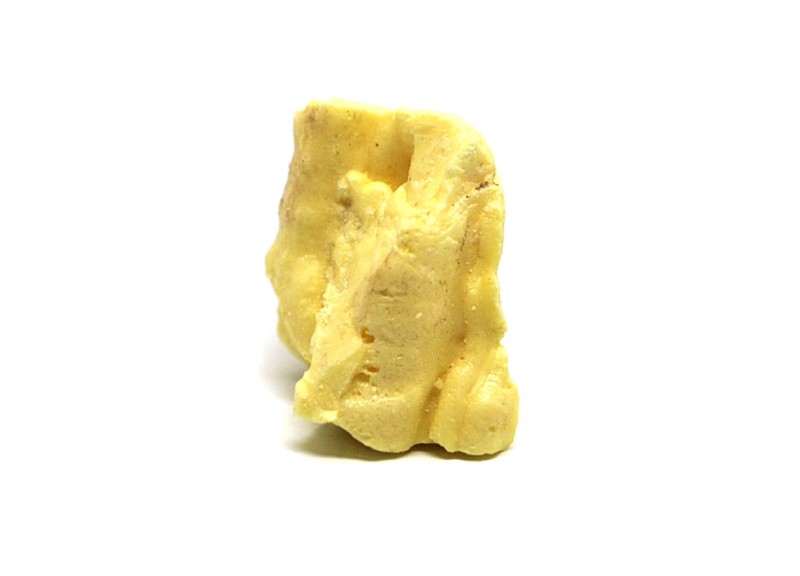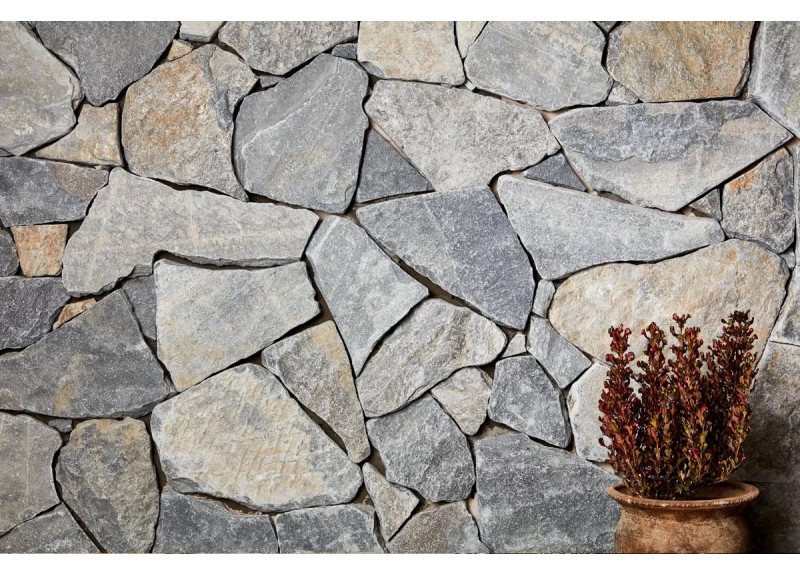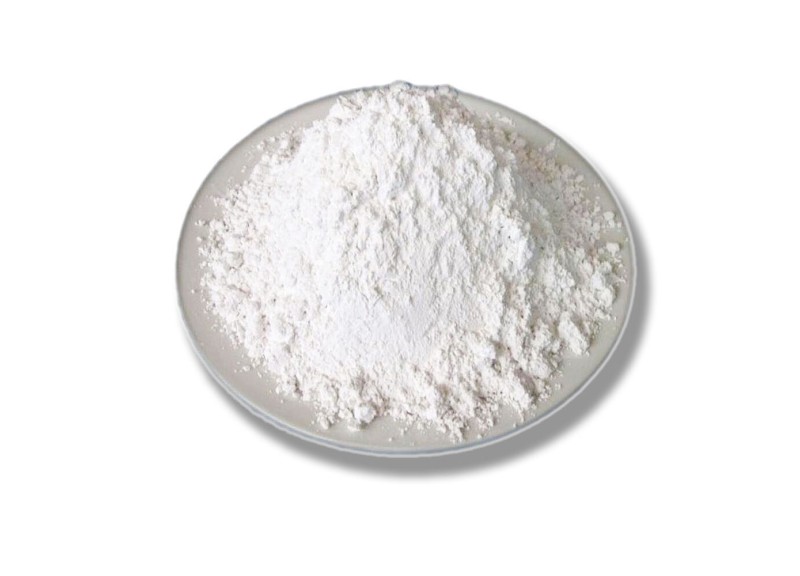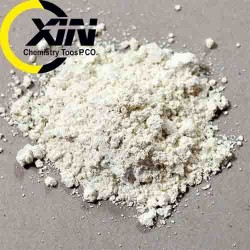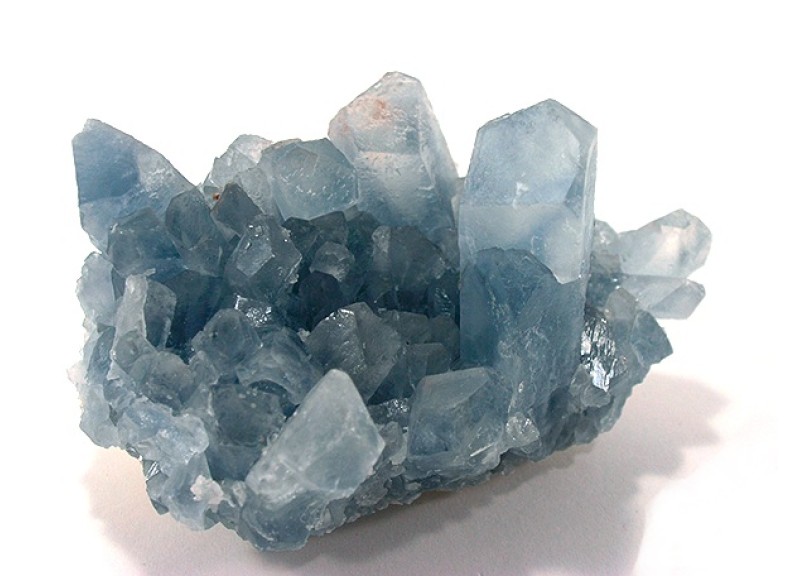
Celestine: A Heavenly Mineral with Earthly Applications
Celestine, also known as celestite, is a strontium sulfate mineral (SrSO₄) named for its delicate sky-blue color, which is reminiscent of the heavens. While the blue variety is the most well-known and highly prized, celestine can also occur in colorless, white, gray, greenish, or even reddish shades. Typically found in sedimentary rocks and often associated with gypsum, anhydrite, and halite, celestine is appreciated for its aesthetic beauty and is also a source of strontium, an element with several industrial applications. Its unique properties and serene appearance make it both scientifically interesting and aesthetically pleasing
Metaphysical and Healing Properties: A Stone of Calm and Clarity
Celestine is highly valued in the realm of crystal healing and metaphysics. It is believed to possess calming and uplifting energies, promoting inner peace, clarity, and spiritual awareness. Many believe that celestine facilitates communication with angels and spirit guides, enhancing intuition and promoting a sense of connection to the divine. It is also thought to help release stress, anxiety, and negative emotions, fostering a sense of tranquility and emotional balance. Some practitioners use celestine to enhance creativity, promote restful sleep, and facilitate dream recall. While these beliefs are not scientifically proven, they contribute to celestine's popularity among those seeking spiritual growth and emotional well-being
Industrial Applications: Strontium Production and More
Beyond its aesthetic and metaphysical properties, celestine has important industrial applications. It is the primary ore from which strontium is extracted. Strontium is used in the production of pyrotechnics, such as fireworks and flares, where it imparts a brilliant red color to the flames. It is also used in the manufacture of ceramics, glass, and some metal alloys. Strontium carbonate, derived from celestine, is used in the production of television screens and other electronic devices. Additionally, strontium is used in certain medical applications, such as in strontium ranelate, a medication used to treat osteoporosis. The industrial demand for strontium makes celestine a commercially valuable mineral
Decorative and Collector's Items: A Prized Specimen
Celestine's aesthetic beauty makes it a highly sought-after mineral for collectors and decorators. Its delicate blue crystals, often found in geodes, are prized for their unique appearance and rarity. Celestine geodes, with their sparkling crystal formations, are used as decorative objects in homes and offices, adding a touch of natural elegance to interior spaces. Smaller celestine crystals are often used in jewelry making, creating unique and eye-catching pieces. Whether displayed as a specimen in a mineral collection or used as a decorative accent, celestine's captivating beauty makes it a cherished item.
Geological Significance and Formation
Celestine's formation is closely linked to sedimentary environments, particularly those involving the evaporation of seawater. As seawater evaporates, minerals like gypsum, halite, and anhydrite precipitate out, and celestine can form as a secondary mineral within these deposits. It can also form in hydrothermal veins and cavities. The study of celestine and its associated minerals provides valuable insights into the geological history and geochemical processes that have shaped our planet. Its presence in certain rock formations can indicate specific environmental conditions and geological events that occurred in the past
Conclusion
Celestine, with its heavenly blue hue and versatile properties, is a mineral that captivates both the eye and the mind. From its use in crystal healing and metaphysical practices to its industrial applications and decorative appeal, celestine holds a unique place in the world. Its beauty, combined with its scientific and commercial value, ensures its continued appreciation and utilization for years to come


